Global Snack Brand Optimizes for Attention to Increase Creative Efficiency
Challenge
Which Ads Were Losing Attention and Why
A global challenger food brand sought to improve campaign performance and drive business insights through continuous pre-launch and in-market creative attention testing.
The partner was concerned that their creative direction was confusing its audience, though lacked a fast and accurate tool to test this hypothesis.
By using Realeyes PreView Ad-Testing to measure the attentive power of their creative, it surfaced opportunities to edit and add clarity where there were previously dips in attention.
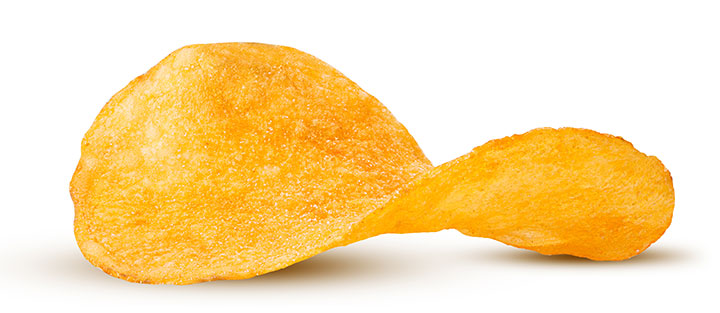
Key Takeaways
- Dropping the lowest performing ads from the campaign yielded greater creative efficiency, decreasing the cost of quality exposures by 44%
Decreased CPM by 44%
- Optimizing attention via techniques such as editing and adding subtitles, increased creative efficiency by 60%.
Increased creative efficiency by 60%
Solution
Lead Campaign with Attention Grabbing Ads
Using PreView, the brand measured 5 of its 15-second ads in December 2021. Ads were viewed an average of 154 times by the brand’s target demographic, with at least 50% of viewers having consumed a product in its category within the past year.
Comparing the performance of the 5 ads resulted in immediately pulling the lower performers from live media and boosted the higher performing ads.
Pulled low performers, leading campaign with attention grabbing ads
Identify Source of Confusion
PreView confirming the brand’s hypothesis that audiences were getting confused. PreView can pinpoint the source of confusion and how it was losing audience attention. The brand simply addressed this by adding subtitles to add clarity to the narrative. The efficacy of this solution was then validated with further PreView tests.
Results
| Quality Score | Encode | Retain | Capture | Creative Efficiency | qCPM | |
|---|---|---|---|---|---|---|
| Subtitles | 5.0 | 30.7 | 19% | 5.7 | 47% | $22.56 |
| No Subtitles | 3.6 | 23.4 | 9% | 5.4 | 30% | $40.52 |
The introduction of subtitles improved the creative in several categories. The updated batch of ads improved audience retention and decreased distraction, ultimately increasingly creative efficiency by 60%.
The average Realeyes Quality Score (QS), which measures a video’s ability to Capture and Retain attention and Encode emotion on a scale of 1-10, was 3.6 in the first batch and 5 in the second, an increase of 39%.
The ads quality CPM (qCPM), which is an estimated effective cost of one thousand quality attentive media exposures derived from a nominal cost of $10, decreased 44% from $40.52 for the no-subtitle ads to $22.56 subtitled ads.
Selecting high performers and introducing subtitles created 60% increase in Creative Efficiency overall
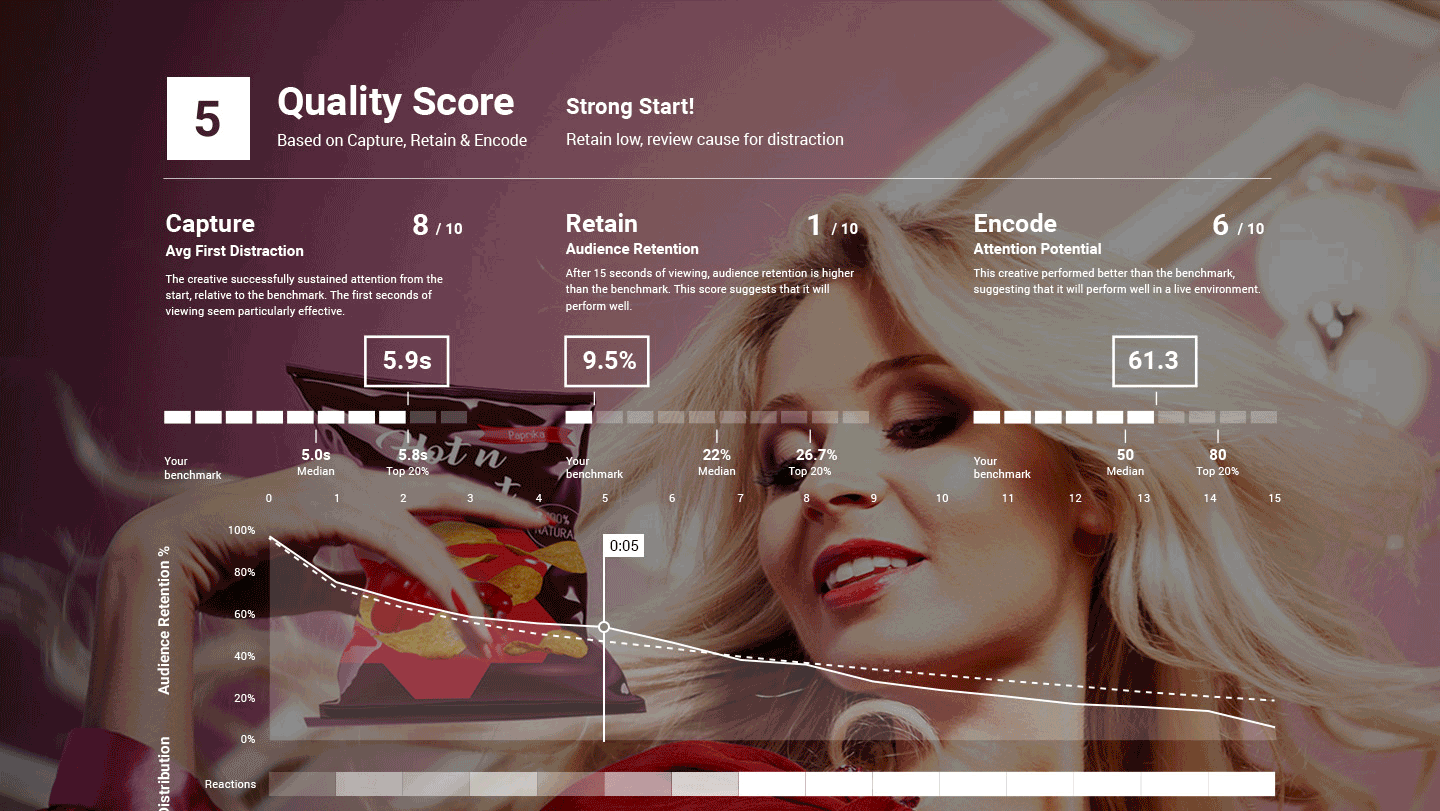
Attention to Detail: Capture, Retain and Encode
The ads differed significantly in their ability to capture and retain attention and drive emotional response.
The selection of soundtrack and amusing lyrics from the start had a positive influenced in capturing attention.
Whimsical, colorful elements triggered emotional response. For example, the playfulness in one ad contributed to higher levels of happiness, particularly in scenes showing actors eating the product.
PreView exposed which key scenes in the top three ads triggered high emotional response, yielding high Encode scores. Adding clarity to which scenes where vital for shorter variations.
In addition, PreView revealed how a particular low-scoring ad which had a low Capture score, still had a high Encode score, and so was ideal for non-skippable ad formats.PreView showed how viewers disengaged around the 6th second, resulting in low Retain scores.
The ability to pinpoint this key moment, meant it could be addressed with editing or other creative techniques to optimize audience attentiveness and add greater clarity to the brand message.

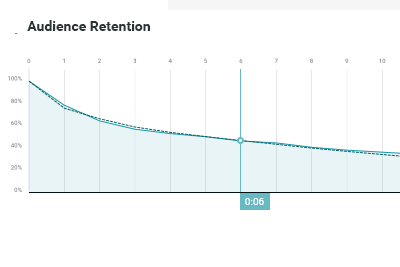
Outlook
PreView Injects Attention Science into Creative to Boost Sales. PreView replaced hunches with science to empower a growth food brand to make deliberate changes to creative execution that would improve campaign performance.
The client has since begun a sales lift study where it expects to prove how alterations to the ads drove an increase in sales.
Methodology
Quality Score: A composite metric reported on a scale of 0-10 and measures a video’s ability to perform in market. It includes three critical elements: Capture, Retain and Encode.
Capture: Ability to capture audience attention in the first few seconds.
Retain: Ability to retain the audience throughout the ad.
Encode: Ability to encode the brand message into the brain through emotional engagement.
qCPM: An estimated cost of one thousand quality media exposures based on Capture, Retain and Encode performance, and derived from a nominal cost of one thousand impressions (CPM).
Creative Efficiency: The extent to which a creative captures the full value of a nominal CPM based on attentional scores; calculated by dividing a video creative’s CPM by its qCPM.
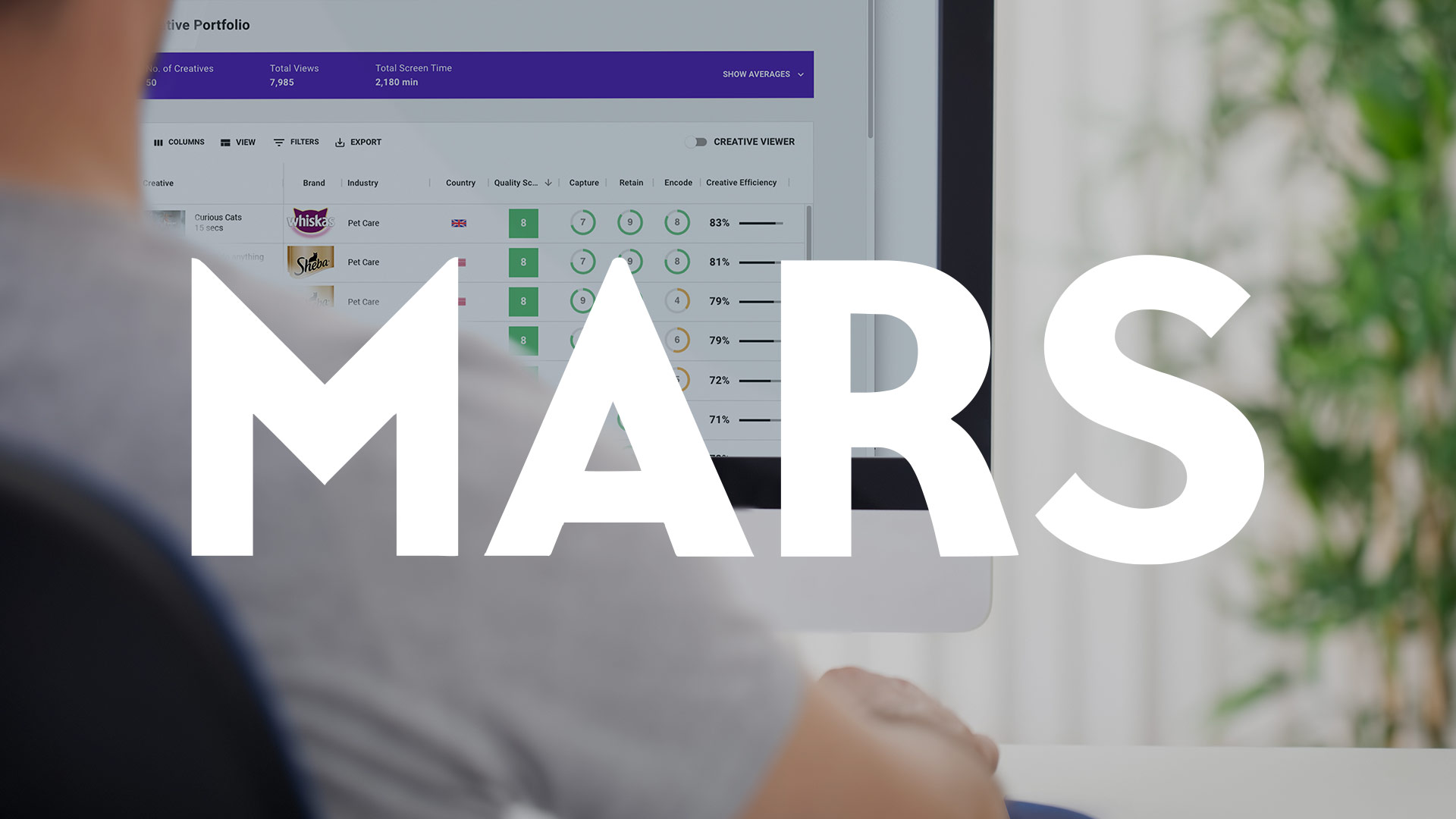
Using Attention to Scale Creative Performance and Sales
Unlocking Creative Success: Mars scales creative testing using attention, predictive models, and achieves a 29% ROI with PreView
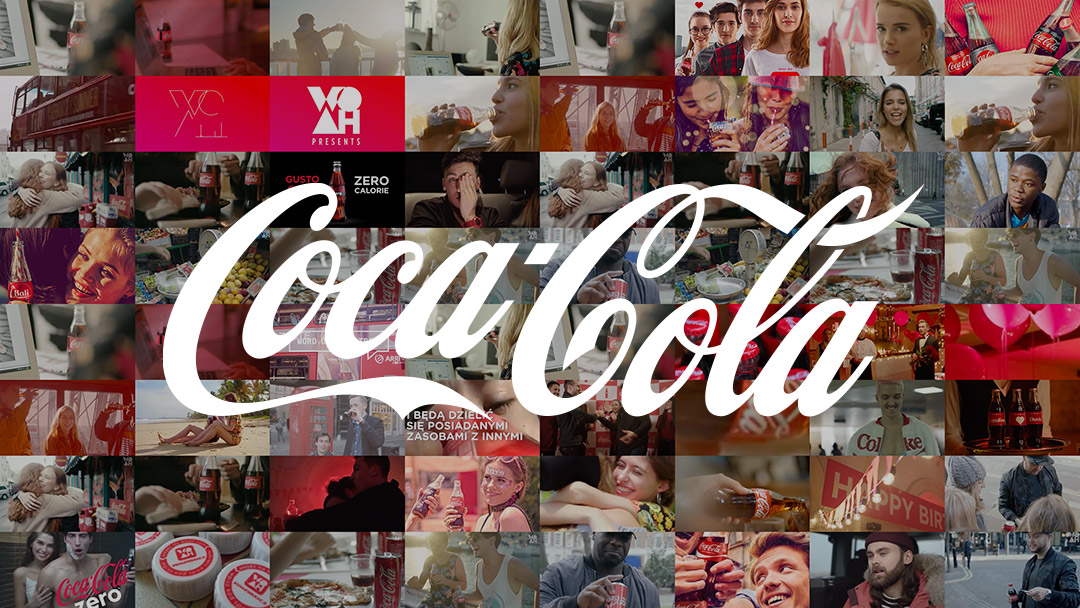
Campaign Intelligence: Assessing Performance Across Portfolio of Ads
Vice’s creative agency Virtue, conducted robust large scale content testing for Coca-Cola’s “Where Only Awesome Happens” – discovering what assets to drop and which markets were most effective.


